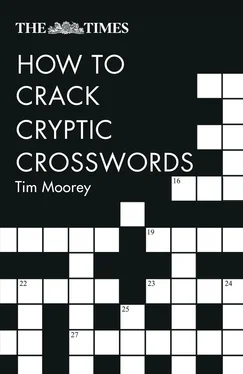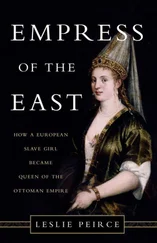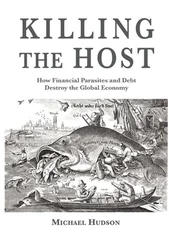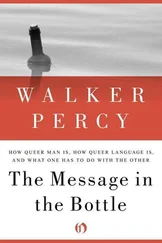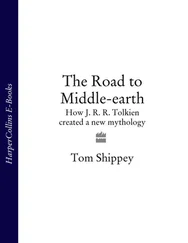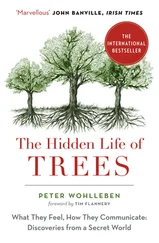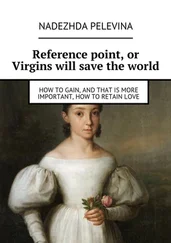
TOP TIP – CLUE FREQUENCY
Given the twelve clue types identified, which are the most commonly found? The answer to this is that frequency patterns vary according to setter and newspaper but that the additive, anagram, cryptic definitionand sandwichtypes are the most common; they may indeed account for more than half the clues in many crosswords. It may help you to know that there are rarely more than two or three of the following types in any one puzzle: hidden, homophone, all-in-one, novelty, letter switch.
Letter selection indicators
Before moving on to solving clues, we have to consider how individual letters within clues are signposted. We have seen what sort of indicators go with what sort of clues; now we’ll take a look at another commonly used indicator which is essential to solving skills. Take this clue as an example:
ADDITIVE CLUE: Lettuce constituent of salad, primarily (3)
Experienced solvers would be immediately drawn towards the word primarily as it indicates that the first letter or (as in this case) letters of the preceding words are to be selected as building blocks to the solution. In more complex clues they could then be subject to further treatment, such as forming part of an anagram, but here they are used simply to form cos , the lettuce salad ingredient.
There are many alternative ways of showing that the first letter is to be manipulated in some way. Some of these indicators are: starter , lead , source , opening , top , introduction and so on. They may be extended to the plural form too with the use of, say, beginnings , foremost and heads . Note that bit of , part of and suchlike by long-standing convention always indicate the first letter.
Other positions within words are indicated in a similar fashion. The last letter can be end , back , finally , tail and the middle letter centre , heart , and all of the inside letters of a word can be innards , contents , stuffing .
In their negative takeawayguise, they can be headless , unopened , failing to start ; and empty signifies that the whole of the innards of a word is to be removed.
Overleaf are some examples of letter selection indicators at work:
TAKEAWAY CLUE: Endless industrial action in a Scandinavian port (4)
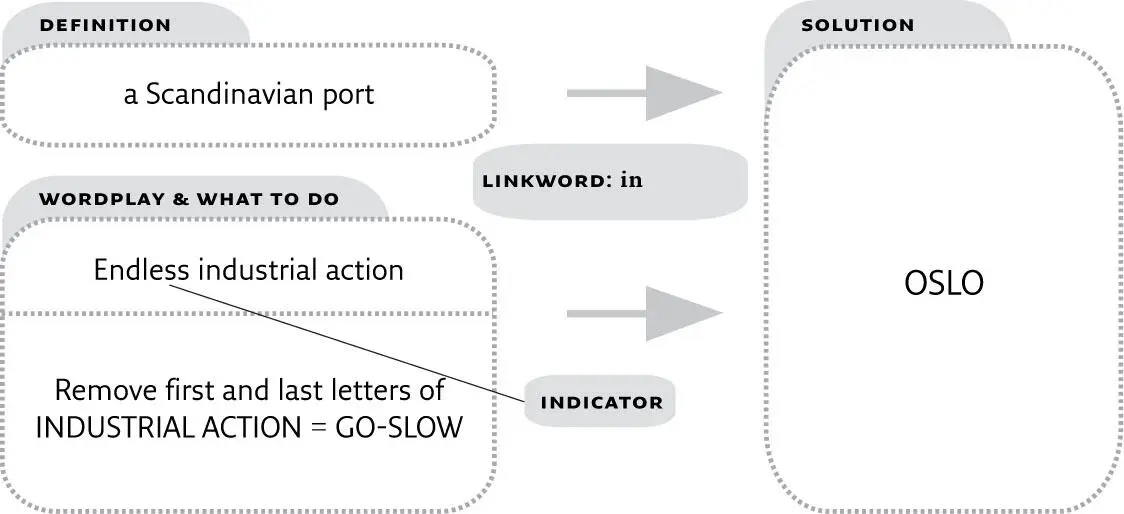
ADDITIVE CLUE: Every second counts for attaché in this Pacific island (6)
After a time, you will become familiar with looking beyond and through the surface meaning of a word doing duty as an indicator so that you realise what you are required to do to the relevant letter(s) or word(s).
TOP TIP – LETTER SELECTION INDICATORS
Beware letter selectionindicators that, depending on the setter’s policy, can do double or triple duty:
Endless : take away last letter only, or first and last letters.
Head : first letter, or take away first letter (in its sense of behead ).
Cut : last letter takeaway, sandwich (inside type), anagram (in its slang sense of drunk ).
Back : last letter, reversal.
Note that in the example below extremely indicates first and last letters; in some crosswords it can indicate the last letter only of the preceding word.
ADDITIVE CLUE: Robin’s slayer gets extremely sharp weapon (7)
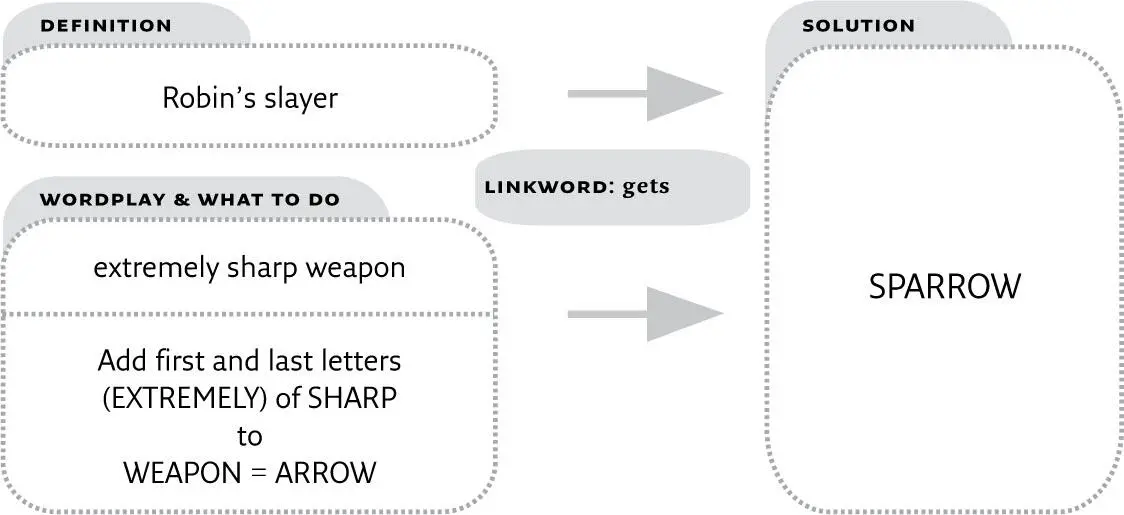
There are examples of indicators throughout this book but it would take an impossibly large volume to include all those used. There are books which list more (as covered in Chapter 12) but even they are not comprehensive. The point to bear in mind is that once you are aware of the possible clue types, you will often be able to infer from a word or words what you are being instructed to do.
What can be difficult, however, is where the same common word in the English language serves as an indicator for several clue types. The words in and about are the most problematic examples of this and you will find more about these and equally troublesome words in Chapter 10.
Chapters 1–3: summary
Here are two charts offering in summary form the basic points of Chapters 1, 2 and 3. First, a summary of clue types, typical indicators and what the solver must do:
| CLUE TYPE |
TYPICAL INDICATORS |
WHAT TO DO |
| Types 1–8 |
Indicators included in clue |
| ANAGRAM |
New, mixed, changing, drunk, in error |
Change letters to another word |
| SANDWICH (OUTSIDE) |
Holding, keeps, contains |
Put some letters outside others |
| SANDWICH (INSIDE) |
In, breaks, cutting, interrupts |
Put some letters inside others |
| HOMOPHONE |
Mentioned, we hear |
Find a word sounding like another |
| HIDDEN |
Some, partly, within |
Find a word within other words |
| REVERSAL (ACROSS CLUE) |
Back, over, returns |
Turn letters backwards |
| REVERSAL (DOWN CLUE) |
Up, over, served up |
Turn letters upwards |
| TAKEAWAY |
Less, without, drop, cast |
Deduct some letter(s) from a word |
| LETTER SWITCH |
For, replacing, moving |
Exchange or move letters |
| ALL-IN-ONE |
Various, depending on wordplay |
Use wordplay to find solution which is then defined by the wordplay |
| Types 9–12 |
Indicators (usually) not included in clue |
| ADDITIVE |
Usually none given |
Add letter(s) to other letter(s) |
| DOUBLE DEFINITION |
None given |
Find solution from two or more distinct definitions, side by side |
| CRYPTIC DEFINITION |
None given |
Find solution from puns, hints, ambiguities; ignore surface reading |
| NOVELTY |
None given |
Think laterally |
Second, here’s how each clue type can be used for the same solution word time , (defined as the US magazine in 10 clues). Indicators are underlined.
| CLUE TYPE |
CLUES |
WHAT TO DO |
| Types 1–8 |
|
|
| ANAGRAM |
New item in magazine |
Change letters of ITEM |
| SANDWICH (OUTSIDE) |
Match bringing in millions for magazine |
Put MATCH = TIE outside MILLIONS = M |
| SANDWICH (INSIDE) |
Millions put into match magazine |
Put MILLIONS = M inside MATCH = TIE |
| HOMOPHONE |
Herb mentioned in magazine |
Find a word for a HERB sounding like TIME (THYME) |
| HIDDEN |
Some sentimental magazine |
Find a word within SENTIMENTAL |
| REVERSAL (ACROSS CLUE) |
Magazine issue backed |
Reverse ISSUE = EMIT |
| REVERSAL (DOWN CLUE) |
Magazine issue taken up |
Reverse ISSUE = EMIT |
| TAKEAWAY |
Nameless chaps behind note in magazine |
Remove NAME = N from MEN; add NOTE = TI |
| LETTER SWITCH |
Magazine volume, one for nothing |
Replace NOTHING = O in VOLUME = TOME with I |
| ALL-IN-ONE |
Male, interned in Windsor is doing this? |
Put MALE = M inside WINDSOR = TIE |
| Types 9-12 |
|
|
| ADDITIVE |
Note yours truly in magazine |
Add NOTE = TI to YOURS TRULY = ME |
| DOUBLE DEFINITION |
Bird magazine |
Two ways of expressing time, BIRD is time in prison |
| CRYPTIC DEFINITION |
Wilde did it in a sentence |
Think of Oscar W in prison |
| NOVELTY |
Spell centimetre: this is in middle – in middle! |
Find TIME centrally inside CENTRE |
WHY ARE SOME CLUES MORE DIFFICULT THAN OTHERS?
Читать дальше
